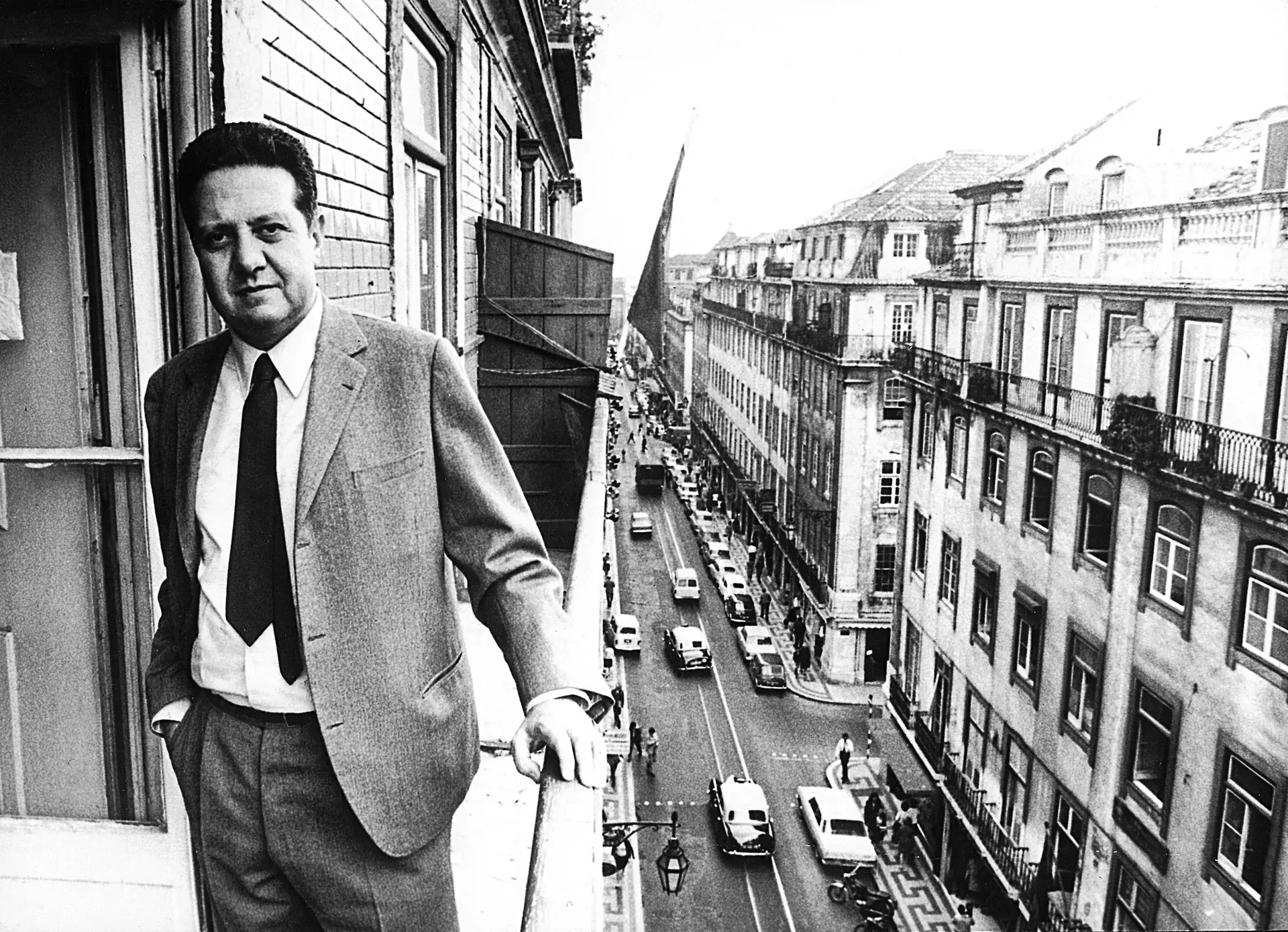
They arrived there in the early 1960s to escape Salazar's dictatorship, economic crisis and colonial wars. Between 12,000 and 15,000 Portuguese lived in what gradually became the largest slum in France. 45 hectares of barren land on the Champigny Plateau was soon dubbed “the second Portuguese capital” and was dismantled in 1972.
On Saturday evening in Champigny, the film “The Migrants” is being screened, which traces this Campienne-Lusitan memory. A special evening in the presence of director José Vieira, followed by a discussion and concert by Dan Inger dos Santos.
Among these migrants, José Fidalgo packed up his suitcase in 1963, leaving his wife and children in the country. In São Vicente da Raya, a small village that many of them left in the hope of returning. One day, when they had made enough money on construction sites in France during the thirty glorious years to live well there.
A return that will never happen is often imagined. At least not for Jose Fidalgo. He narrates his daughter Altina, who arrived in France in 1969 with her mother and sister, in her first book Fado is your only luggage This time it was his too. A story that made him meet director José Vieira thanks to the Portuguese Radio Alpha.
“My father became the hero of his film. He was 75 years old at the time. He was very happy and proud to tell his story and his arrival in Champagne 55 years ago,” says Altina Ribeiro, who has just co-authored her fourth book. The biography this time by Dan Inger Doss Santos.
The leader of the Franco-Portuguese pop scene was born in Champigny where he regularly performs at the concert café Le Belvédère. “My father also arrived in the 1960s when he was 17 years old. The musician says that at that time he was living in the Chenevier barracks. The stopping point for the Portuguese who arrived in France was the Canto de Saadades restaurant in Champigny.”
Nothing could be more natural than organizing a Saturday evening at this café-turned-restaurant that has long been called the “Portuguese Embassy.” “This is where the Portuguese came to find a place to live, work and, above all, the place where they met each other after completing the construction sites,” Altina adds.
In the basic barracks of Champigny, his father was characterized above all by the “absence of cleanliness”: “There was only one drop of water for everyone, which froze in winter, and then four. Then the mailboxes to receive the family mail.
“Years of mud” these men did not want to subject their wives and children to. In 1969, when Altina arrived from her village, the family settled in an apartment in the 14th arrondissement of Paris. A culture shock that was also a shock to his parents.






